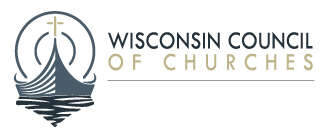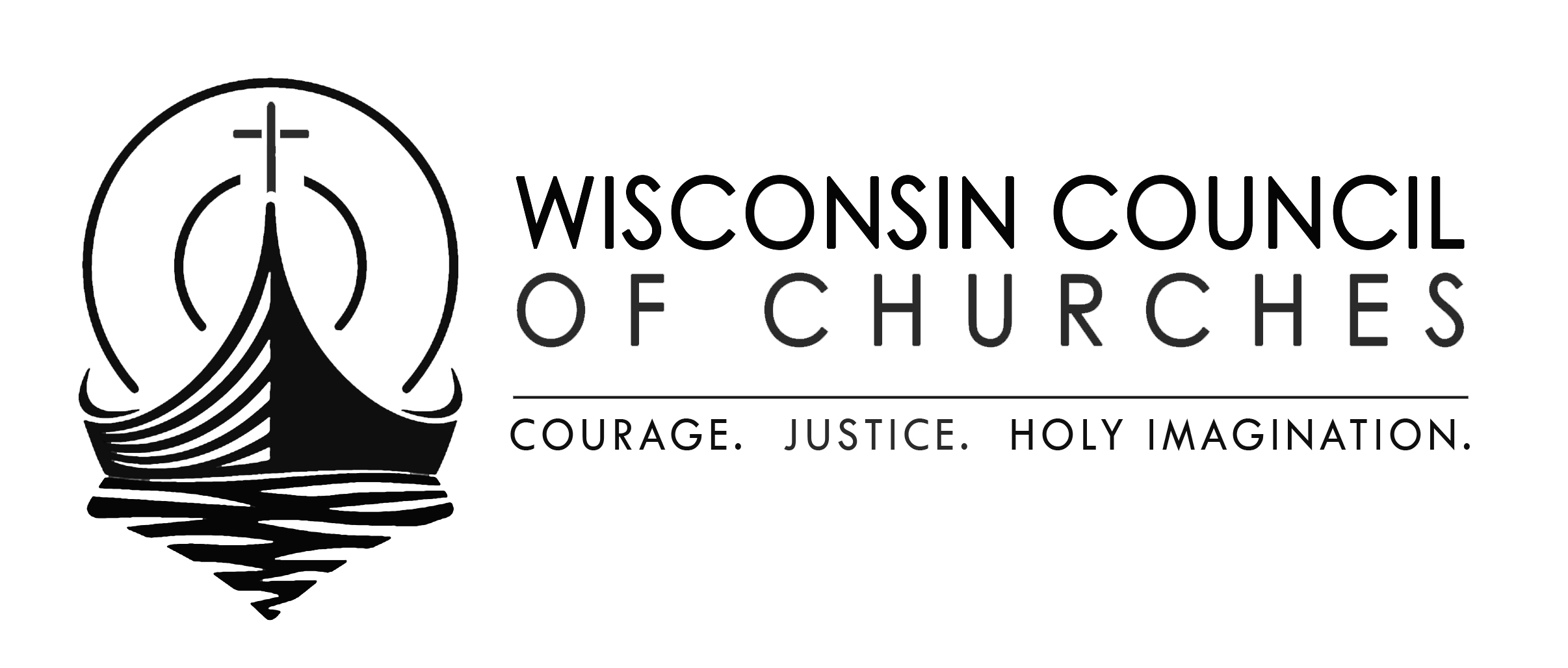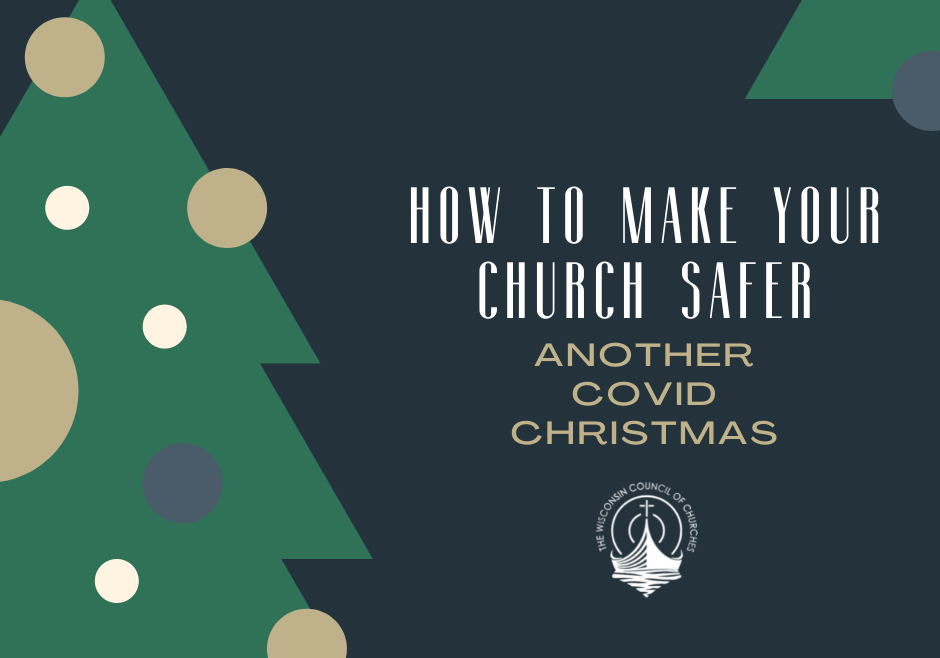As Christmas approaches and we enter another COVID surge it’s time to refresh familiar ways of reducing risk in church and consider some new ones. While there is no risk-free way to hold worship during a pandemic, the more of these mitigations you practice, the safer Christmas gatherings will be. For more detail, consult our current guidelines. If average new COVID cases rise above 50 per day, we strongly advise your congregation to move to its strictest protocols.
- Vaccines and boosters: The quickest way to get our communities back to beloved Christmas traditions is for everyone in the community to be vaccinated. The CDC and Wisconsin DHS now recommend that everyone over the age of 18 also receive a booster dose. Since boosters take 7-10 days to reach full effect, people planning to come to church on Christmas Eve should get their shot in the next week.
- Universal masking: Covering the nose and mouth is an easy and the most effective way to protect others from the viruses you may be carrying (even if you’re vaccinated). Everyone over the age of 2 should wear masks in worship or other gatherings. High quality surgical or KN95/N95 masks are recommended.
- Easy on the singing: If you choose to include congregational singing, make sure those masks are worn properly! Reduce the number of hymns and verses, encourage humming or singing softly instead, or take your candles outside where there’s more airflow for a round of “Silent Night.”
- DON’T blow out that candle! A festival of unmasked exhalation is unhelpful. Consider purchasing inexpensive candle snuffers for each pew, offer sandboxes for extinguishing them, or use battery powered candles.
- Social distancing: The recommendations are still to maintain 6 feet between individuals or family units. COVID does not offer a Christmas safety exception.
-
- That might lead to fewer people in worship to keep space.
- If you need to limit attendance, bring back those signups! Consider asking members to sign up ahead of time, and make sure you have worship sign-ins in case you need to notify people of a COVID exposure. o Consider returning to remote or online worship, in part if not in full to relieve attendance pressure.
- Extended social times are not a good idea. Encourage community members to wish one another a MerryChristmas—and then be on their way. Christmas treats can be prepackaged to take home.
- If you need help deciding how many people your sanctuary can safely accommodate, consider asking your local health department for guidance.
-
- Frequent testing: Encourage members to get tested for COVID, either with at-home kits or at a local test site. If your congregation would like to serve as a testing site, please let us know by December 15th.
- Stay home when sick: It’s not always easy to tell if symptoms belong to a cold, the flu, or COVID. If you have the sniffles, a cough or a sore throat, just stay home. That means pastors too! Think ahead about what to do if someone in worship leadership is feeling ill, and communicate your plan.
- Frequent handwashing reduces the chances of spreading cold, flu or other respiratory diseases that can complicate COVID or leave people vulnerable to it.
- Keep the air moving: If your sanctuary has fans, make sure they’re running before, during, and after worship. Leave windows or doors open if possible. This is also a good opportunity to check the filters in the church furnace.
If you have questions or need help thinking through how to implement these practices, contact: Community Health Program Director Daniel Schultz: email or phone: 608-837-3108, ext. 31.
This document was developed by Wisconsin Council of Churches staff with input from religious leaders, local church pastors, and public health experts. This is neither a formal policy statement of the Council, nor a formal theological statement, and does not necessarily reflect the views of member organizations. This document is based on the most recent science available to us at the date of publication. We recommend that you consult your ecclesiastical authorities for final guidance. Released December 9, 2021.



